Have you ever imagined if you could age your steak like a wine? Well, yes, you can. The aging process of meats, especially steaks, is divided into two kinds: the dry-aging and wet-aging processes.
Wet-aging process is a common and less expensive technique that can be done at home. However, there are risks to watch since moisture is involved in the process. This could attract the growth of microorganisms, such as bacteria. So, you better observe your wet-aged steaks properly.
On the other hand, the dry-aging process is famously-known for its complexity and depth of flavors. A butcher will observe it closely for better results. However, dry aged steaks can be very expensive depending on the length of time it has aged.

With that said, you would want to focus more on the complexity of dry-aged steaks and how it’s different from other non-aged steaks. So, here are six things you should know about dry-aged steaks:
- How Does Dry-Aging Work?
Dry-aging is an intensive and slow process of decay. That may not sound great, but the result can be overwhelming. During this process, you expose the meat to oxygen, allowing natural enzymes to activate within the meat. This process alters the natural flavor and texture of the meat.
Usually, you may be surprised by the appearance of dry-aged steaks. Its appearance is similar to blue cheese, with molds on every side. But there’s nothing to worry about it, because these are good molds. If you still don’t feel good about them, you’d be happy to know that these will be removed before cooking.
- Why Is Dry-Aged Steak More Flavorful?
Meats contain at least 75% of water. When you hang your meat and age it, you allow these water molecules to evaporate, leaving the meat drier than it was before.
As the meat becomes dry, essential flavors will be more concentrated. The process is similar to the principle of reduction. When you braise something, you allow the stock to reduce, leaving a concentrated liquid full of contrasting flavor notes.
During this aging period, there’s a chemical reaction of flavor compounds, breaking down complex flavor structure into smaller compounds, resulting in new flavorful components. For example, complex protein structure that contributes to tough steak are broken down into amino acids, tenderizing your steak.
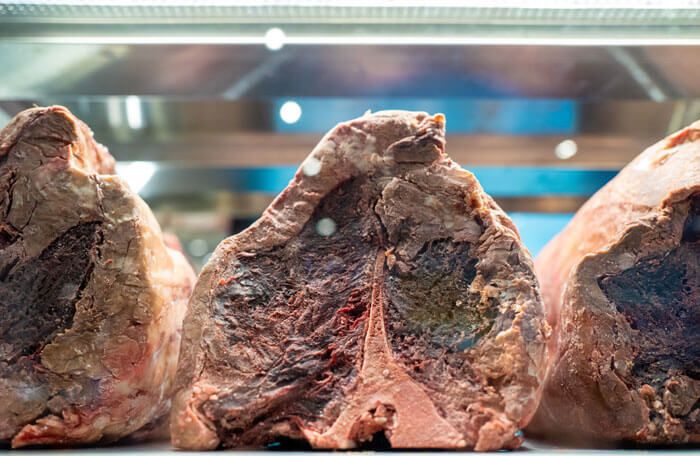
- What Are The Best Cuts For Dry-Aged Steak?
A single meaty steak could be good, but if you want the best, you would want to consider bone-in steaks with a good marbling of fat. These bones and fats will serve as protective covering during the dry-aging process.
During the aging process, the outer surface of the meat breaks down a lot faster than on the inside as it has higher air exposure. So, if you’re looking for the best dry-aged cuts, go for bone-in New York strip and ribeye steak.
- What Is The Ideal Time To Dry-Age Steaks?
Actually, you can go as far as 60-90 days, but that’s more on personal preference. If you talk about the restaurant process, dry-aging typically lasts for only 18-20 days since most people are not familiar with it.
However, the sweet spot of dry-aging usually takes around 30-35 days. But if you want a deeper and more complex flavor profile, you can go as far as you want. The longer you age your meat, the better it becomes. So, experiment as much as you want, and be the one to discover the most perfectly dry-aged steak for you.
- Why Is It So Expensive?
All dry-aged meat comes with a hefty price tag, and there’s a good reason behind that price. Like the wine aging process, it requires more time and effort to produce flavors you don’t usually experience, and these factors significantly contribute to the price of the steak.
- How To Cook Dry-Aged Steaks?
According to experts, you would want to prepare dry-aged steaks as you do in most steaks, but with slight changes. When you cook a regular steak, you want to season it generously with salt, but not with dry-aged steaks, because you might overseason it, resulting in unwanted flavors, such as overpowering saltiness.
Also, when you cook your dry-aged steaks, don’t go anywhere else. These steaks cook faster since there’s less moisture, and it would be best to cook these steaks no more than a medium.
On top of that, steaks are even better with side dishes, such as mushrooms. With that said, there are many recipes that you can do with mushrooms as a perfect side dish.
Final Words
Now that you know what a dry-aged steak is, are you ready for an out-of-this steak dining experience? Just be ready with your wallets because of their hefty price. But the good thing is that its quality, taste, and experience outweigh the cost. A real value for your money and an experience that you’ll surely come back for more.
A dry-aged steak may be expensive, but you’ll surely enjoy every slice of it. Expect an explosion of overwhelming flavors in every single bite, and the excellent texture is way much better than a wet-aged steak.

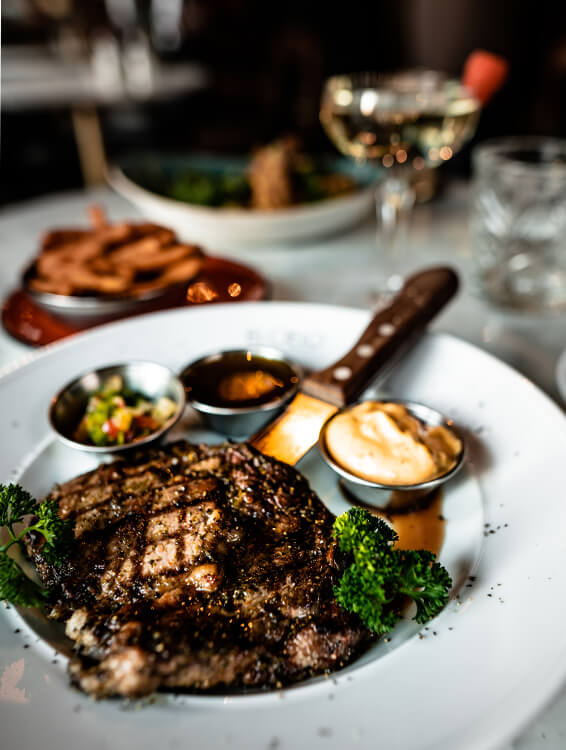





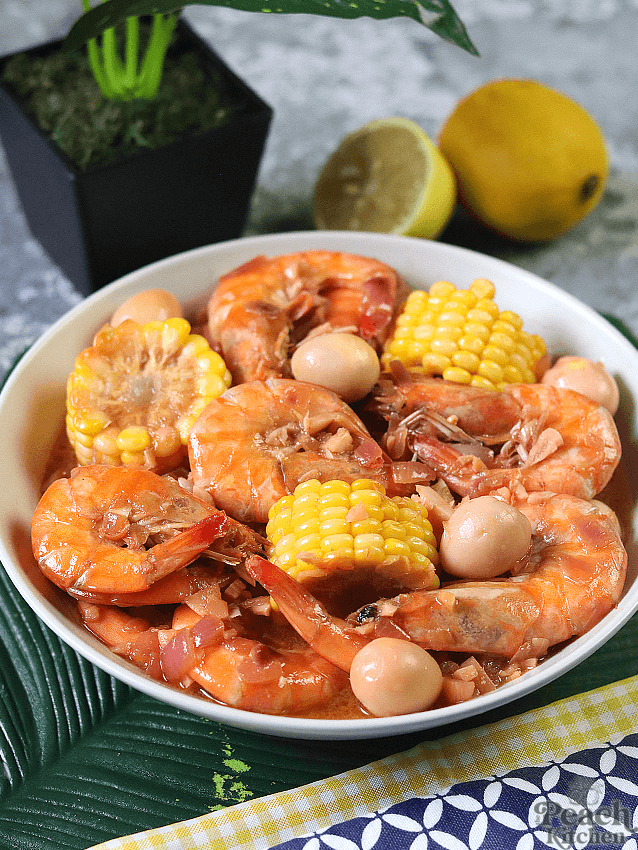




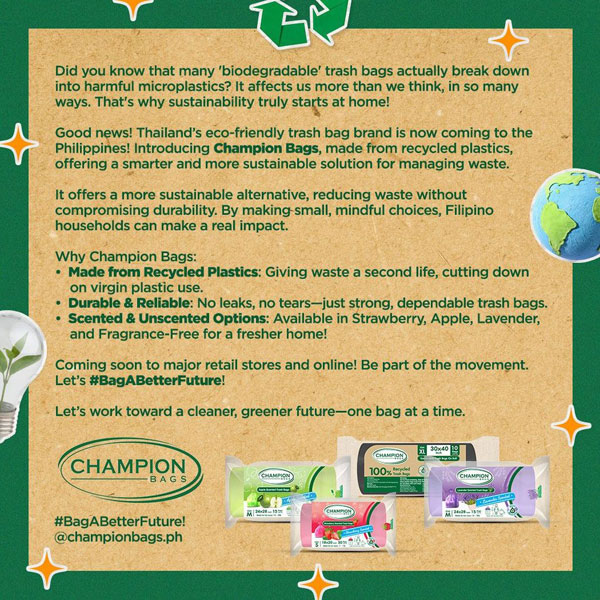
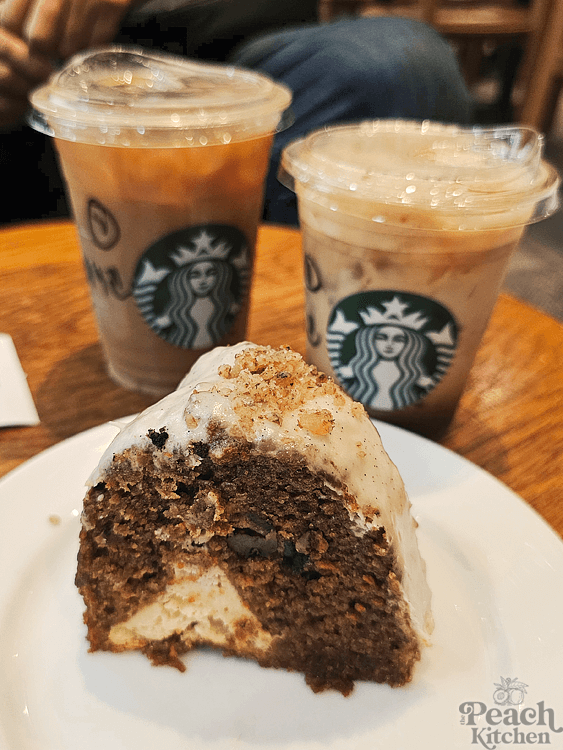

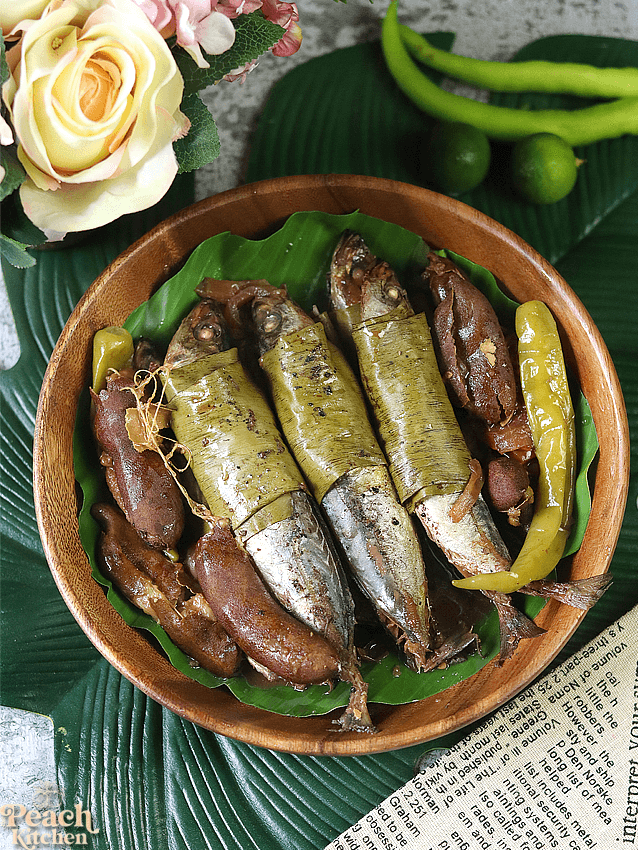







One Response
Grabe ma angs sarap naman nito. Nakakatakam po talaga ang mga recipe nyo lahat po masarap.